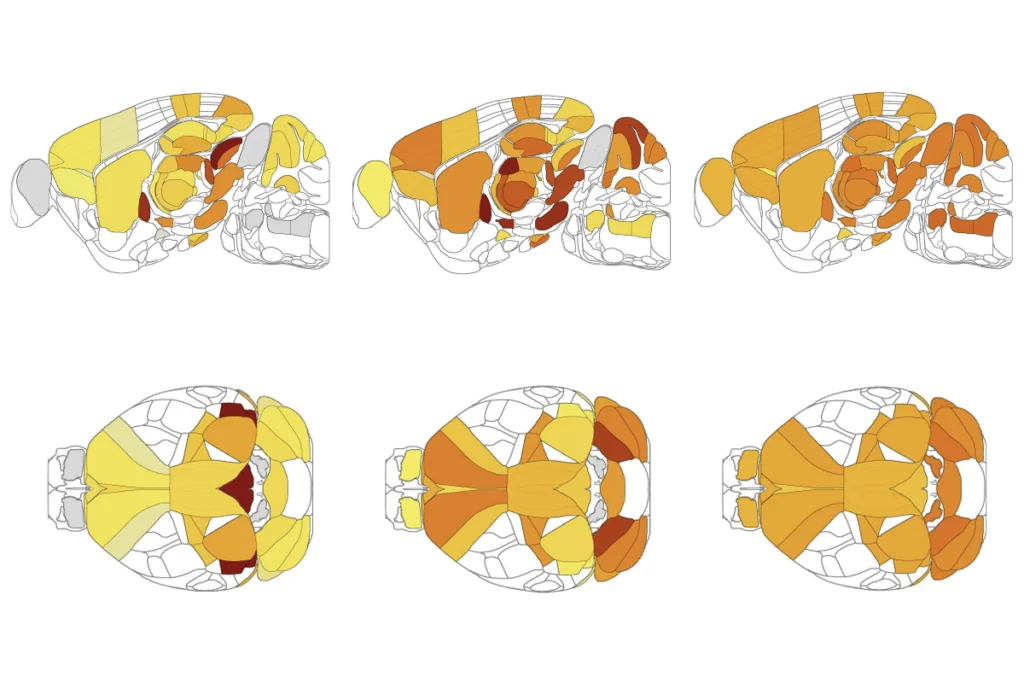Environmental risk for autism, explained
Autism results from an interplay between genetics and the environment, but it has been tough to nail down the environmental factors involved.
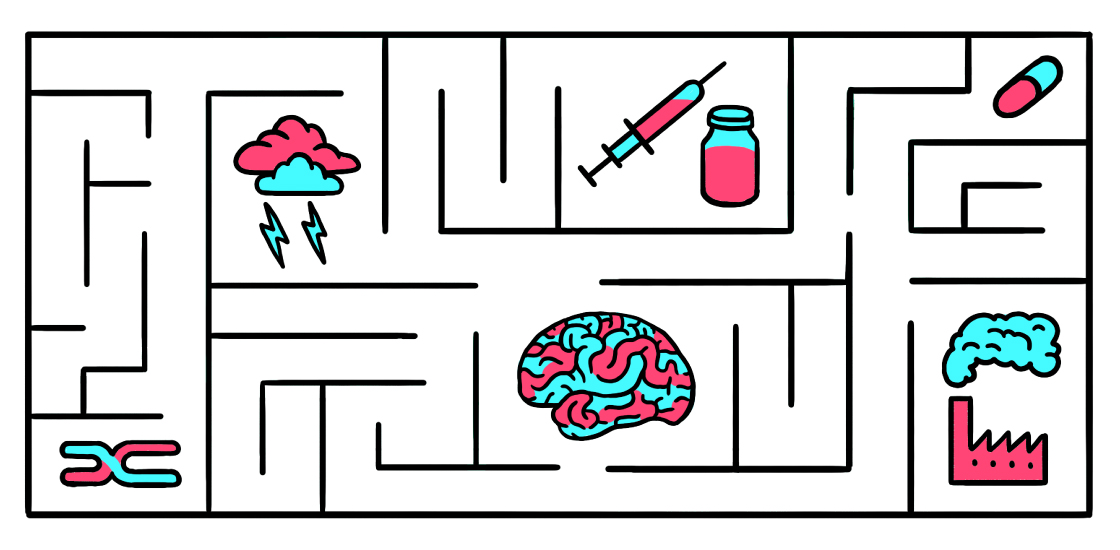
Autism results from an interplay between genetics and the environment. Dozens of genes have been implicated in the condition, but on the environmental side of the equation, it has been tough to nail down the factors involved.
Here, we explain why it is difficult to link autism to environmental factors, and what scientists know about how the environment influences autism risk.
What qualifies as an environmental risk factor?
The term ‘environmental risk factor’ is usually understood to mean the chemicals or pollutants a person is exposed to. But scientists use a broader definition: An environmental risk factor is anything that alters the likelihood of having a condition and isn’t encoded in an individual’s DNA.
Environmental risk factors for autism include being born prematurely, soon after an older sibling or to a mother with diabetes, for example. Over the past 15 years or so, scientists have investigated many of these factors to determine how they may contribute to autism. But there’s still little definitive information.
Why don’t we know which environmental factors increase risk for autism?
Studies of the environment’s link to autism have returned inconsistent results. For example, some studies suggest that taking antidepressants during pregnancy increases autism risk in the child; others find no such link.
Most research on environmental risk comprises epidemiological studies, which identify associations between something in the environment and the likelihood of a diagnosis in large groups of people. But those studies do not demonstrate cause and effect.
For one thing, they are rife with what scientists call ‘confounding factors’ — variables that tend to travel together and make it difficult to pinpoint causal relationships.
What’s more, the causal relationships can be unclear. For example, we know that children with older fathers are more likely to have autism than those who have younger fathers. But we don’t know whether advanced paternal age itself increases autism risk or whether men who carry more genetic risk factors for autism, and perhaps display traits of the condition, tend to have children later in life.
Environmental factors are also often difficult to measure. Parents may be unaware of, or forget, what they and their child were exposed to. Or they may attach outsized importance to any detail they think could explain their child’s autism.
Which environmental risk factors for autism are well established?
The most widely accepted risk factors operate during gestation or around the time of birth. Various pregnancy and birth complications are associated with an increased risk of autism. These include preterm birth, low birth weight and maternal diabetes or high blood pressure during pregnancy. Scientists are not sure of the mechanisms underlying these associations.
The maternal immune system appears to play a role in autism risk. Infections, serious illnesses, such as a bad case of influenza, and hospitalizations during pregnancy are all linked to an increased risk of autism in a child. Women with autoimmune diseases, in which the body attacks its own tissues, are also at an elevated risk of having an autistic child. And animal studies suggest that certain immune molecules can alter gene expression and brain development in ways that may be relevant to autism.
Exposure to the drug valproate, which is used to treat bipolar disorder and epilepsy, in the womb is known to increase the risk of autism, as well as a variety of birth defects.
What other factors are scientists investigating?
Scientists are still trying to tease apart the effects of maternal antidepressant use during pregnancy from those of depression itself. One reason this issue has been difficult to settle is that if a parent has a brain condition, his or her child may carry shared genetic factors that increase autism risk.
Evidence that exposure to air pollution during gestation or early life increases a child’s risk of autism has grown more robust over the past few years. Still, many questions remain, such as which of the many components of air pollution might be involved.
Which proposed risk factors have been ruled out?
Despite the links between maternal immune factors and autism, routine vaccinations given during pregnancy, such as those against influenza and whooping cough, do not appear to boost autism risk.
Childhood vaccines are similarly in the clear. The research that purported to show a causal link was fraudulent and has been retracted, and no reliable evidence has ever emerged to support it.
Scientists have also exonerated smoking during pregnancy as a contributor to autism. Of course, smoking during pregnancy is harmful for many other reasons.
Are there any environmental factors that lower the risk of autism?
Scientists are trying to identify environmental risk factors for autism so that they can find a way to lower the risk. But the factors backed by the strongest evidence are not easy to modify.
Some studies suggest that taking vitamin D and vitamin B-9, or folic acid, supplements during pregnancy can decrease the baby’s autism risk. But the evidence is not definitive.
What are scientists doing to find out more?
New statistical techniques are helping scientists tackle confounding factors and draw more robust conclusions from epidemiological studies. Animal studies provide evidence about the mechanisms by which particular factors increase or decrease autism risk. And several efforts, such as the Environmental influences on Child Health Outcomes study and the Early Markers for Autism study, are tracking environmental exposures and risk factors in children, starting before birth.
What should parents and prospective parents do?
Families who are at high risk of having a child with autism — because they already have one child with the condition, for example — should consult with their doctor or a genetic counselor for specific recommendations. For most people, though, the general recommendations given to pregnant women (get a flu shot, take prenatal vitamins) are unlikely to cause harm and may even help.
It’s also important to remember that even for environmental factors that do appear to increase autism risk, the absolute risk of having a child with autism is small. For example, a large 2014 study of women in Sweden revealed that having an infection during pregnancy increases the risk of having a child with autism from 1 percent to 1.3 percent.
Recommended reading
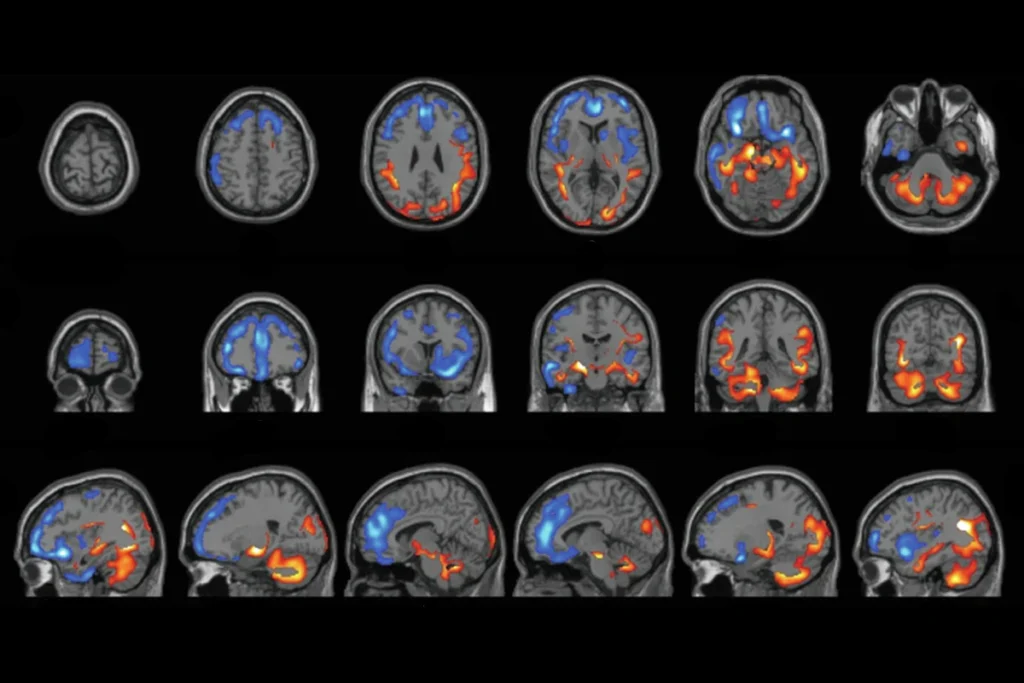
Cerebellum structure; AMPA receptors; MAGEL2 gene
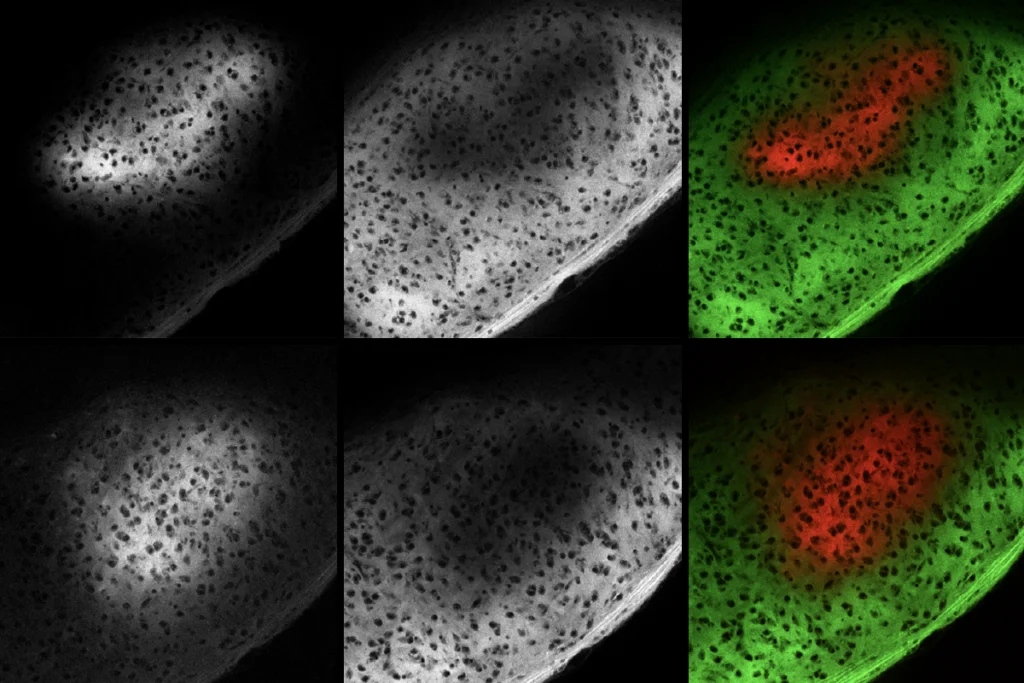
Microglia’s pruning function called into question
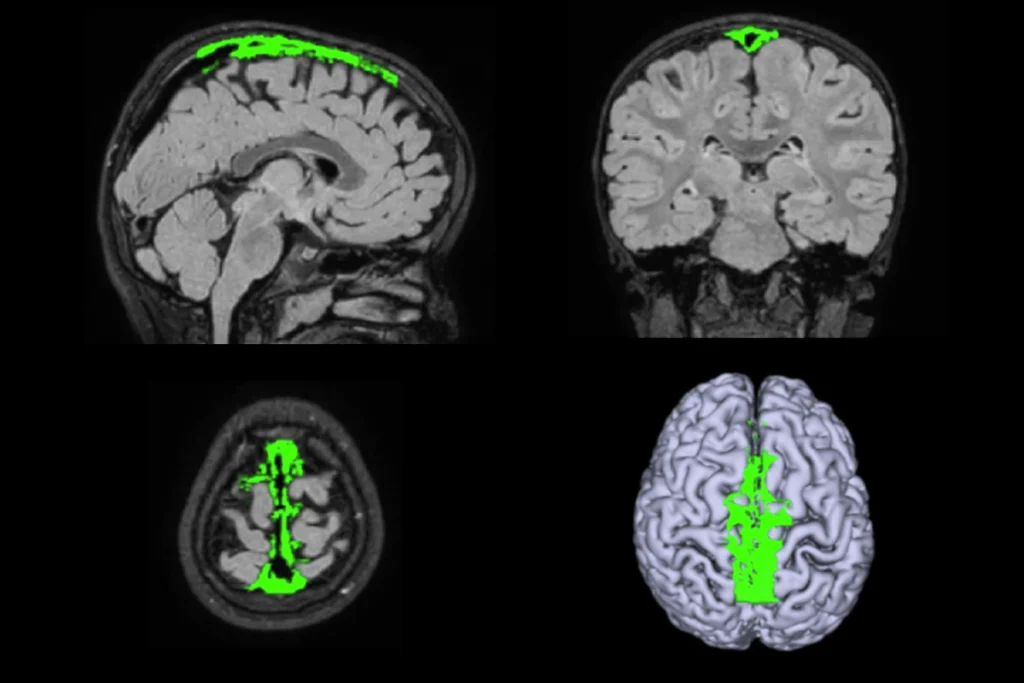
Okur-Chung neurodevelopmental syndrome; excess CSF; autistic girls
Explore more from The Transmitter
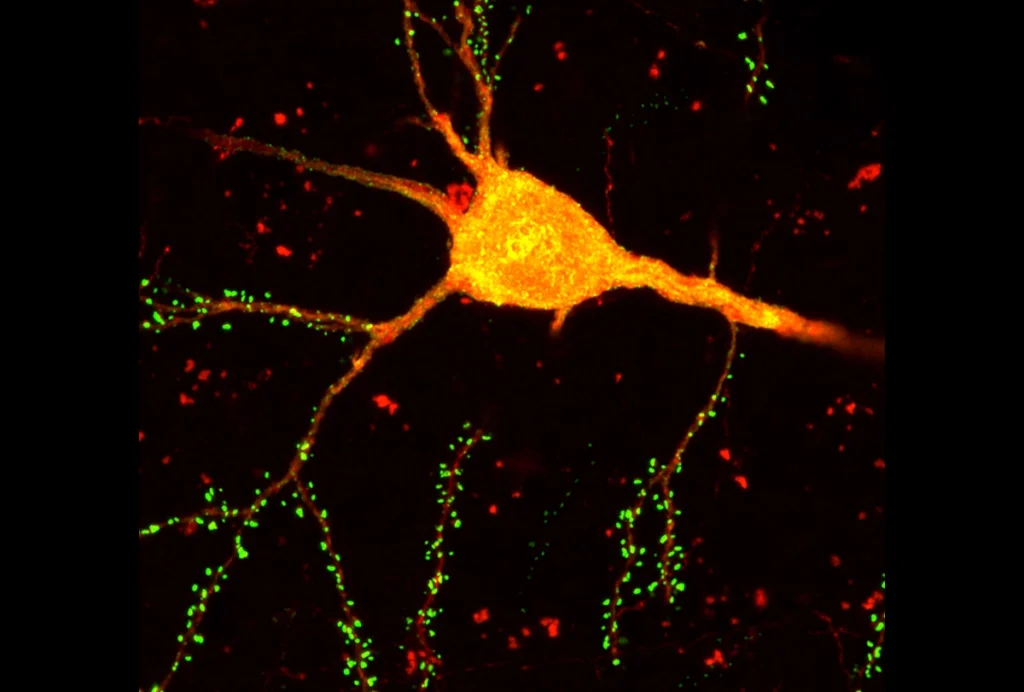
START method assembles brain’s wiring diagram by cell type

Timing tweak turns trashed fMRI scans into treasure
